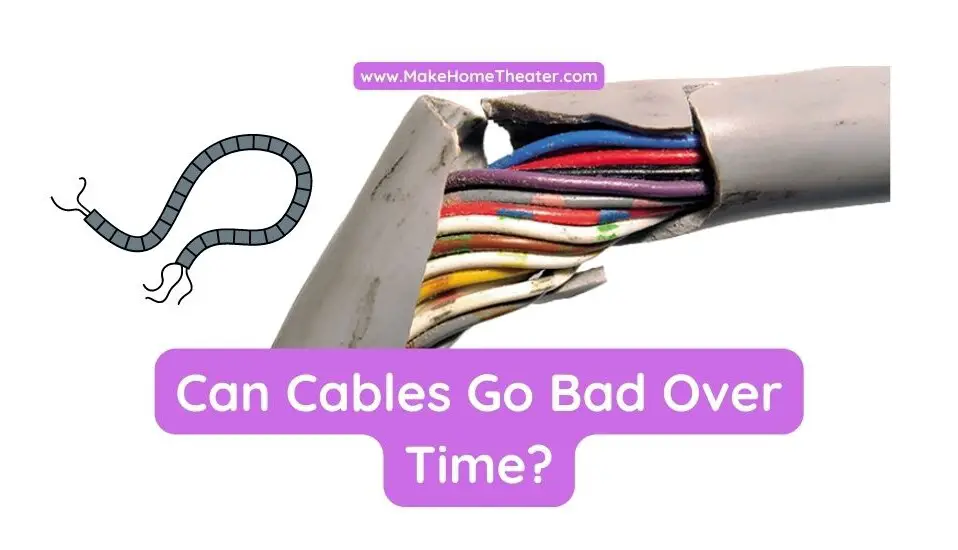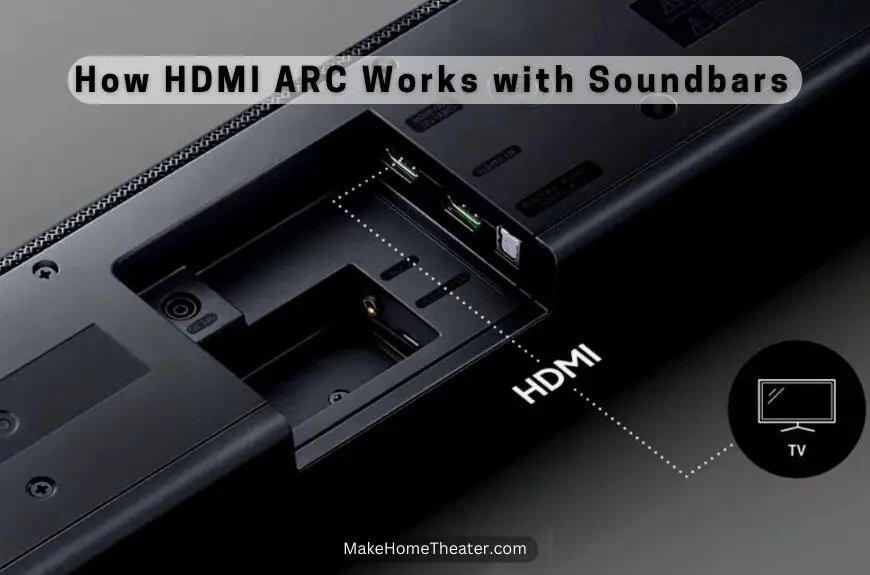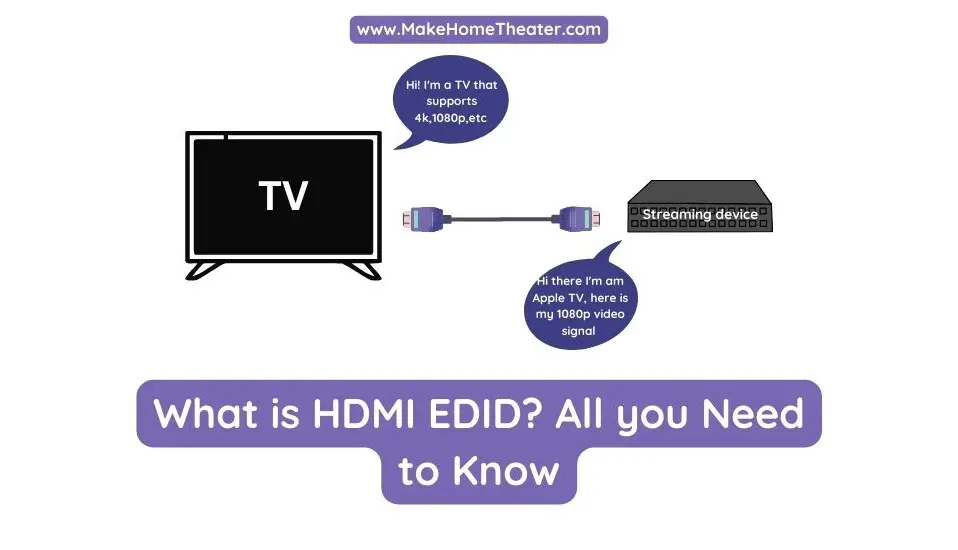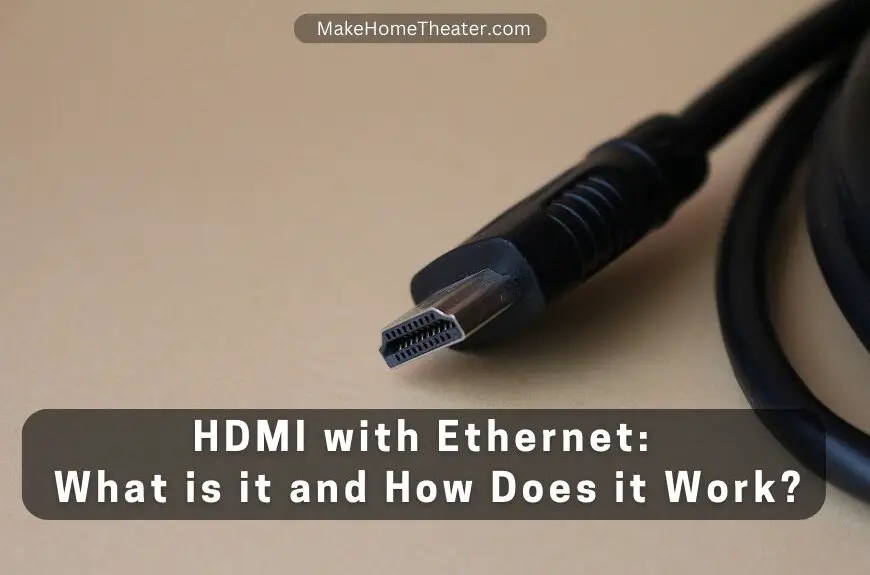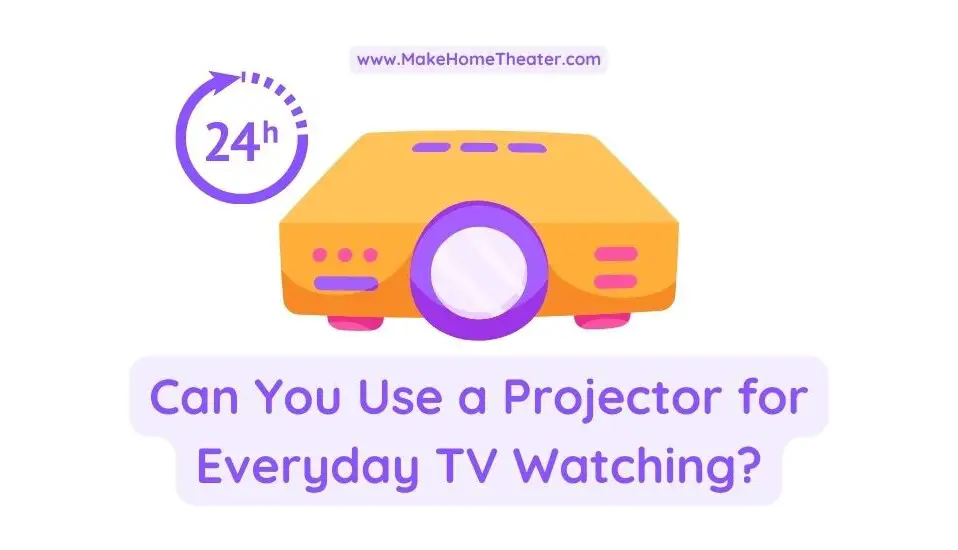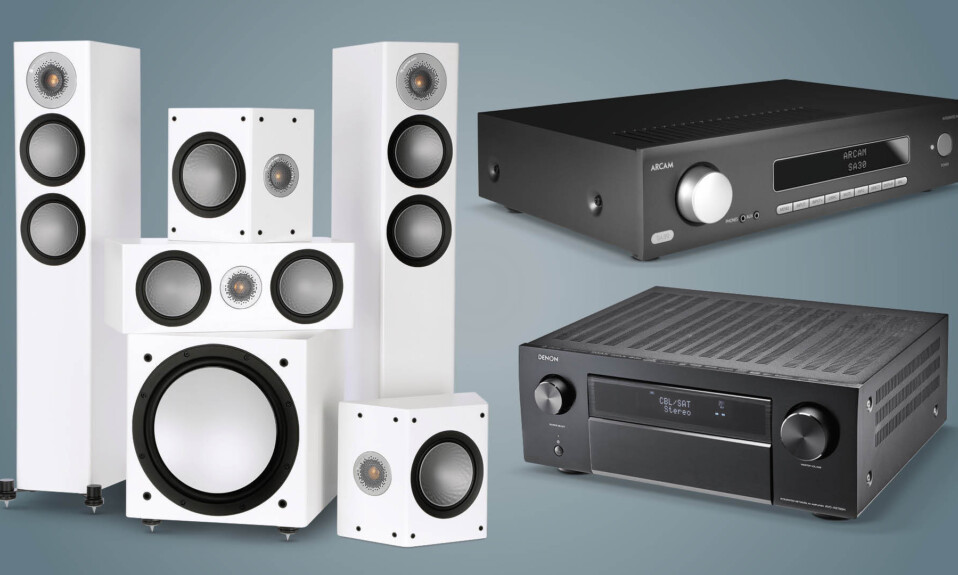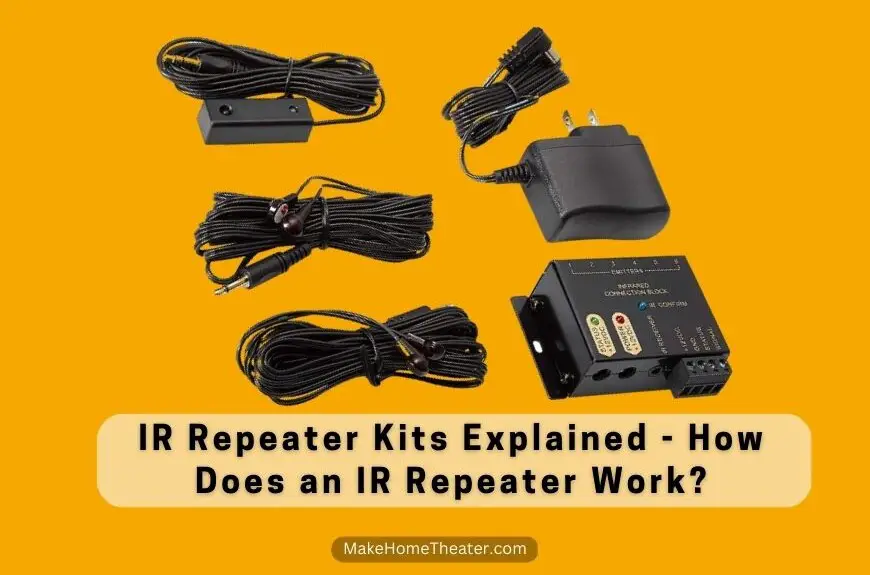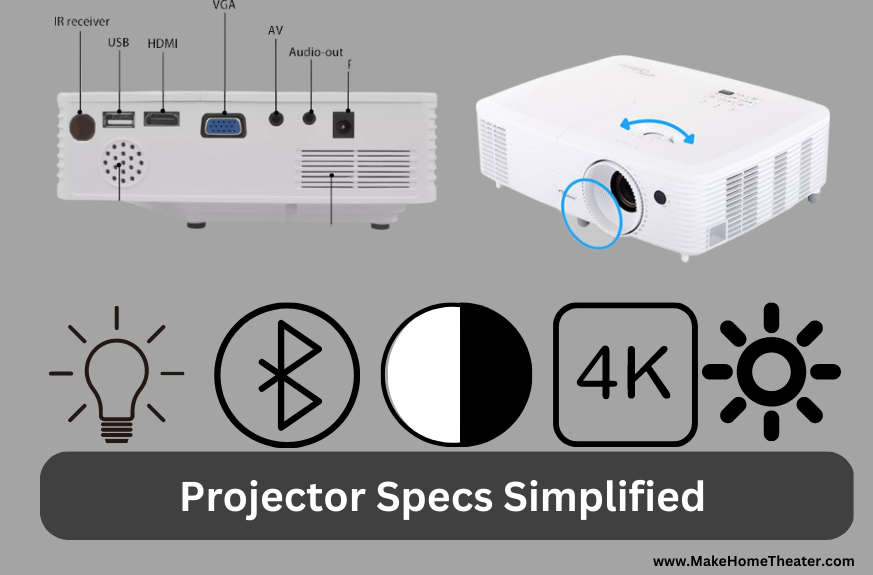Perhaps the cable is no longer functional? It is improbable unless there has been some specific damage inflicted upon the cable. The majority of cable damage results from repeated plugging and unplugging or poor manufacturing. Maximizing cable longevity entails utilizing quality cables and minimizing disturbances as much as possible.
Cables can wear out over time due to a variety of factors, all of which can be avoided. The most common cause of cable wear and tear is repeated disturbance. Certain metal components of cable connections can rust as well. Replacing cables while upgrading equipment, however, should minimize these problems.
There are several methods for extending the life of your cables. The easiest is to ensure you purchase a quality cable in the first place. Additionally, reducing the amount of disturbance to your cable will also greatly prolong its lifespan.
Table of Contents
What are the primary causes of cable degradation?
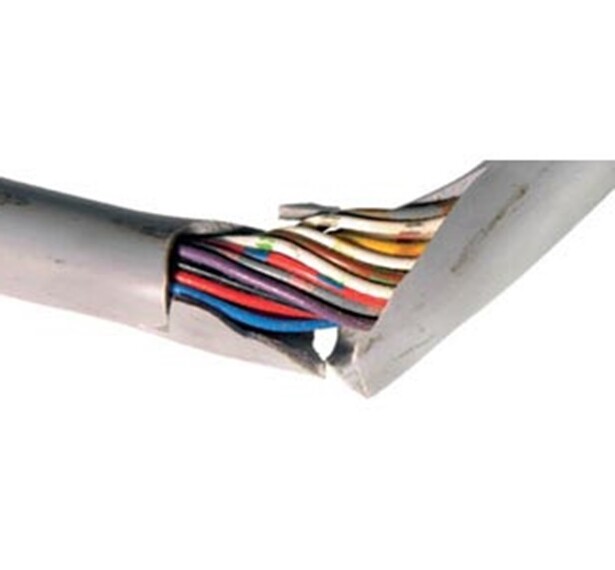
The most frequent cause of cable malfunction is due to repeated disturbances. If you frequently unplug and plug-in devices, it’s no surprise that your cables wear out quickly.
Cable connections are most likely to wear out at the point where the tubing meets the plug. This tubing can slip, exposing the shielding and wires within, leading to wire fraying and disruptions in your connection.
Similarly, cables can be damaged through negligence, such as leaving them hanging or strewn across the floor, making them easy to trip over or snag. With enough force, both the cable and the device it’s connected to can be damaged, highlighting the importance of keeping cables organized and tidy.
Bad manufacturing is a third way cables can deteriorate. Cheap, unlicensed, and knock-off cables are more likely to wear out or break completely. Purchasing cables only from trusted brands and reputable retailers ensures you get a good quality cable.
Crimping is a fourth way cables can malfunction. Bending the cable, whether to bundle it up or track it around a wall, can cause the wires to pinch, reducing signal delivery over time.
Lastly, cables can deteriorate with age. Exposed metal parts may oxidize over time, resulting in weak connections. If this happens, it’s likely time to replace the cable, particularly for digital cables, as standards and capabilities are regularly upgraded.
Do HDMI Cables Go Bad Over Time?
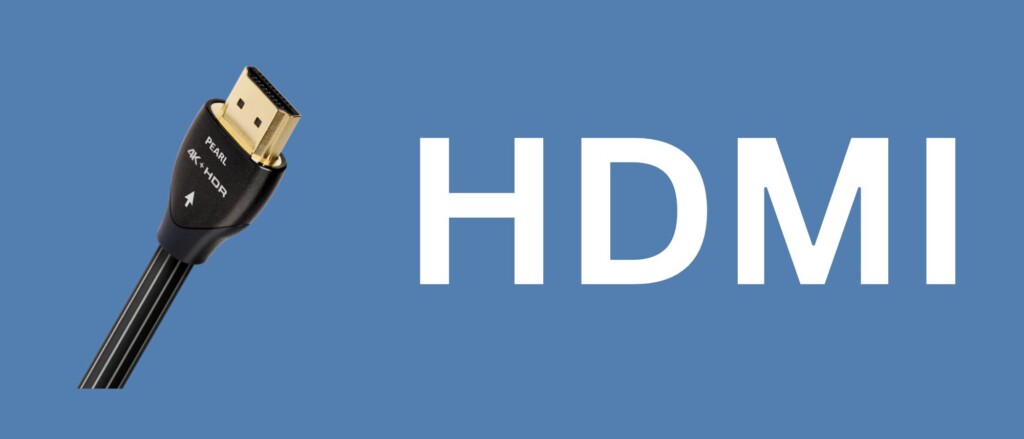
HDMI cables, like all cables, are prone to degradation over time. Wear and tear typically occurs where the cable tubing meets the plug. In addition, since the connection contains 19 pins within a metal sheath, it may tarnish or rust. However, it’s not advisable to keep HDMI cables for too long.
Unlike analog connections, HDMI is an ever-evolving standard that has undergone several versions, with HDMI 2.1 being released in November 2017. We can anticipate a new version of HDMI roughly every three years.
Newer HDMI versions provide improved signal transmission and additional features. This means that both video and sound quality will improve over time, and new features such as consumer electronics control and eARC may also see significant enhancements.
Do RCA Cables Degrade Over Time?
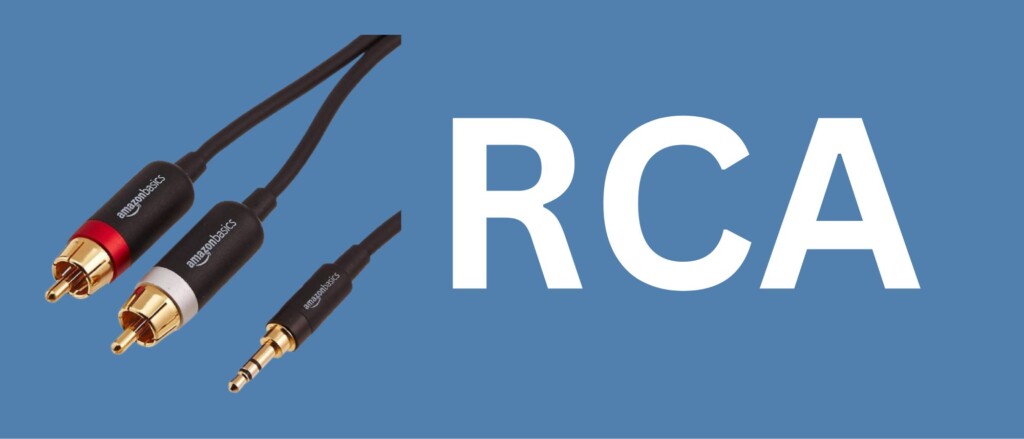
RCA cables are subject to the same degradation as HDMI cables. The cables have exposed metal connections, and the joint between the cable tubing and the plug is particularly vulnerable to wear. However, the plug is a single electrical signal, which means that it’s less susceptible to signal degradation caused by rust.
Nevertheless, it’s important to replace rusty cables promptly. Even if there’s no noticeable difference in audio or video quality, the rust may be causing damage to your equipment.
If left unattended, the rust could cause your device and cable to fuse together. Even if this doesn’t happen, rust from the cable can spread to your device, causing internal components to rust.
Do Digital Optical Cables Degrade Over Time?
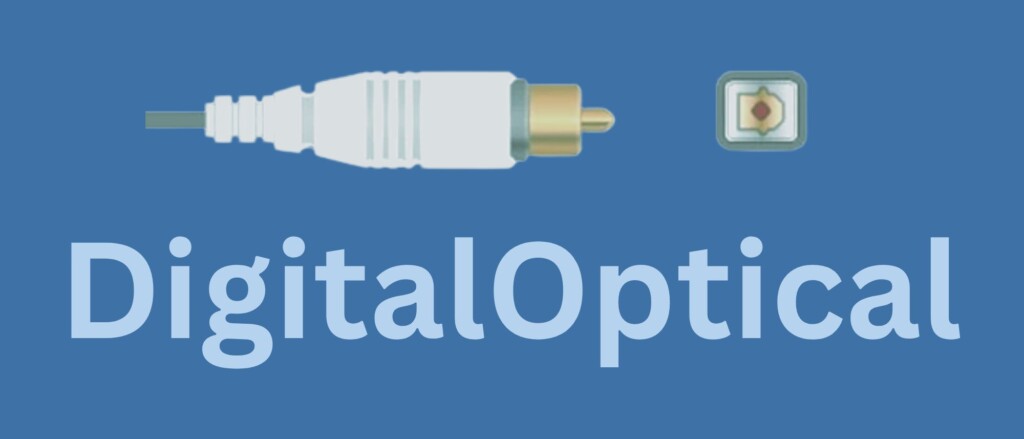
Digital optical cables differ from other cables because they don’t require metal in their construction. Instead, they send light pulses through a fiber optic wire, eliminating the need for metal wires and the possibility of rusting.
However, some manufacturers use metal connections for added durability, and these connections can rust over time. It’s essential to replace your cable before the connections begin to rust.
Just like other cables, the joint between the plug and cable tubing can come apart, which can cause the cable to stop working. Additionally, fiber optic cables are much more delicate than standard wire cables and are sensitive to crimping. Even minor pinching of the wire can cause the fiber optics to become damaged.
What Makes a Long-Lasting Cable?
To ensure the quality of your cable, it’s important to purchase cables only from licensed manufacturers through reputable dealers. Industry or engineering associations maintain standards for various connection types, and complying with these standards often requires licenses, royalties, or membership fees.
Packaging from most manufacturers indicates their compliance with the prevailing standards. However, knock-off cables from an unreputable dealer may not fully conform to these standards. This could result in a cable that not only has a shorter lifespan but could also potentially damage your equipment.
Manufacturers have developed various features that can extend the lifespan of cables. Some of them add an additional sheath over the plug, covering the cable tubing, which reduces tugging on the tubing when the cable is disturbed. This feature also prevents the wires from being exposed when the cable tubing moves.
Reducing the metals used in the cable can also help prevent corrosion. For example, some manufacturers use carbon fiber shielding instead of metal alloys in HDMI cables. This helps prevent oxidation in case of damage to the cable tubing.
What are some ways to maximize the effectiveness of your cables?
To optimize the performance of your cables, it’s best to minimize any unnecessary disturbances. You can achieve this by ensuring that your home theater setup accommodates all your devices without requiring unplugging cables. In situations where your central device doesn’t have enough input channels, purchasing a switch can be a viable solution.
Organizing and keeping your cables out of the way is another strategy that can help prolong the lifespan of your cables. This involves using cable ties to bundle excess cables and utilizing conduits or gaff tape for long runs. Additionally, having a TV console can be an excellent solution for storing your excess cables.
It’s worth noting that cables perform best in standard indoor environments, characterized by consistent temperatures, low humidity, and dry conditions. In case you have an outdoor home theater setup, it’s crucial to replicate these conditions as much as possible. One way to achieve this is by keeping your equipment sheltered from the rain.
However, it’s important to be cautious when attempting to seal your equipment. Temperature fluctuations can lead to condensation buildup inside the seal, and if there’s a leak, the seal may trap additional moisture, which can cause more damage than exposing the equipment to the elements.
In summary, ensuring that you have quality cables, reducing metal components, minimizing disturbances to your cables, and protecting them from environmental elements are all important steps to maximizing their lifespan and optimizing your equipment’s performance. With these tips, you can make the most out of your cables and your home theater setup.
Related Q&A

What causes cables to go bad over time?
Cables can degrade due to factors such as wear and tear, exposure to environmental elements, and electromagnetic interference.
How can wear and tear damage cables?
Repeated bending, stretching, and twisting can cause the protective sheath and internal wires to weaken and eventually break.
What environmental factors can damage cables?
Moisture, heat, and cold can all cause cables to deteriorate, especially if they are exposed to these conditions for extended periods.
What is electromagnetic interference?
Electromagnetic interference is a disturbance caused by electromagnetic waves, which can disrupt or damage the signal carried by a cable.
How can you prevent cables from going bad?
Proper handling and storage, using cable protection devices, and regular maintenance can help prolong the life of cables.
What is cable maintenance?
Cable maintenance involves inspecting cables for signs of wear or damage, cleaning them regularly, and repairing or replacing any faulty parts.
How often should you perform cable maintenance?
The frequency of cable maintenance will depend on the type of cable and how it is used, but generally, it should be performed at least once a year.
What are the signs that a cable is going bad?
Signs of cable degradation include frayed or cracked insulation, loose connections, and a decrease in signal quality.
Can a bad cable be repaired?
In some cases, a bad cable can be repaired by replacing the damaged parts or splicing in a new section. However, it may be more cost-effective to replace the entire cable.
Why is it important to replace bad cables?
Bad cables can cause signal loss, data corruption, and other issues that can affect the performance of connected devices. Replacing them can help ensure optimal performance and prevent costly downtime.


